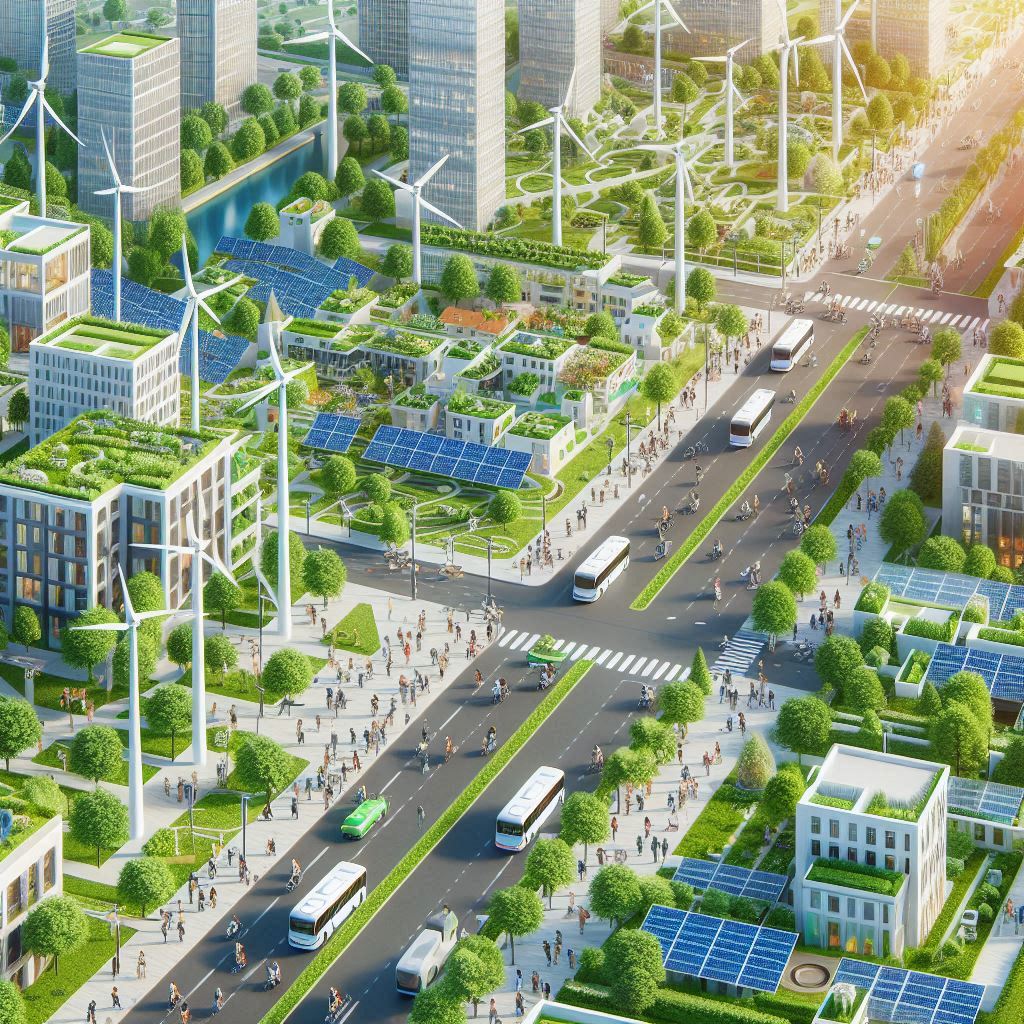Introduction
A 405 Gyp Aggregates Co., we are committed to pioneering sustainable infrastructure solutions that meet the population’s basic service demands—such as roads, bridges, telephone pylons, and hydroelectric power plants—while adhering to sustainable principles. Our mission is to ensure our projects are environmentally friendly, economically viable, and socially responsible . Sustainable development is very important for our future

Defining Sustainable Development
Sustainable infrastructure is at the heart of our operations. At 405 Gyp Aggregates Co., we prioritize:
- Environmental Sensitivity: Minimizing the impact on local ecosystems throughout the project’s lifecycle.
- Local Ecology and Economics: Balancing economic growth with ecological preservation to benefit the community.
- Cultural Preservation: Respecting and maintaining cultural heritage in all our projects.
- Future Prospects: Planning for long-term sustainability to benefit future generations.
- Financial Feasibility: Ensuring our projects are economically viable, providing long-term value.
Financial Viability of Sustainable Infrastructure
One of the most pressing concerns in sustainable infrastructure is financial viability. At 405 Gyp Aggregates Co., we conduct thorough long-term economic cost-benefit analyses. While initial capital costs may be higher, the socio-economic benefits and long-term returns justify the investment.
The Importance of Infrastructure Development
Infrastructure development is crucial for modern economies. At 405 Gyp Aggregates Co., we focus on:
- Connectivity: Linking different regions and markets to boost economic activities.
- Job Creation: Generating employment opportunities through our projects.
- Essential Services: Providing clean water, energy, healthcare, and education to enhance living standards.
- Improved Living Standards: Elevating the quality of life for communities.
Challenges of Traditional Infrastructure Development
Traditional infrastructure development often leads to:
- Environmental Harm: Pollution and disruption of ecosystems.
- Social and Cultural Disruption: Adverse effects on local communities and heritage.
- Financial Risks: Potential economic burdens due to unsustainable practices.
- Climate Change Acceleration: Contributing to global warming and natural disasters.
The Need for Sustainable Infrastructure
At 405 Gyp Aggregates Co., we address these challenges by integrating sustainable principles. Our sustainable infrastructure promotes:
- Climate Resilience: Enhancing the ability to withstand climate-related disasters.
- Economic Resilience: Supporting long-term financial stability and economic growth.
Urbanization and Sustainable Infrastructure
Urban areas are central to our sustainable infrastructure initiatives. By 2050, over half of the global population will reside in cities, requiring:
- Smarter Transportation: Implementing mass transit systems and promoting electric vehicles.
- Energy-Efficient Buildings: Constructing taller, greener, and more efficient structures.
- Advanced Urban Planning: Investing in sustainable water, waste management, and energy systems.
Benefits of Sustainable Infrastructure Investment
Investing in sustainable infrastructure with 405 Gyp Aggregates Co. offers:
- Economic Growth: Stimulating economic activities and development.
- Community Well-being: Enhancing quality of life for communities.
- Financial Benefits: Providing long-term economic returns and stability.
The Role of Government and Private Sector
Successful sustainable infrastructure development requires:
- Government Support: Ongoing policy and regulatory backing.
- Public and Private Investment: Collaboration between public funds and private investments.
- Regulatory Framework: Policies that balance growth with sustainability standards.
Conclusion
At 405 Gyp Aggregates Co., we understand that urbanization demands careful planning and collaboration among stakeholders. Our commitment to sustainable infrastructure development hinges on using environmentally friendly materials, advanced technology, and increased private sector investment. By embracing these principles, we aim to lead the transition to a low-carbon economy with resilient and sustainable infrastructure.
